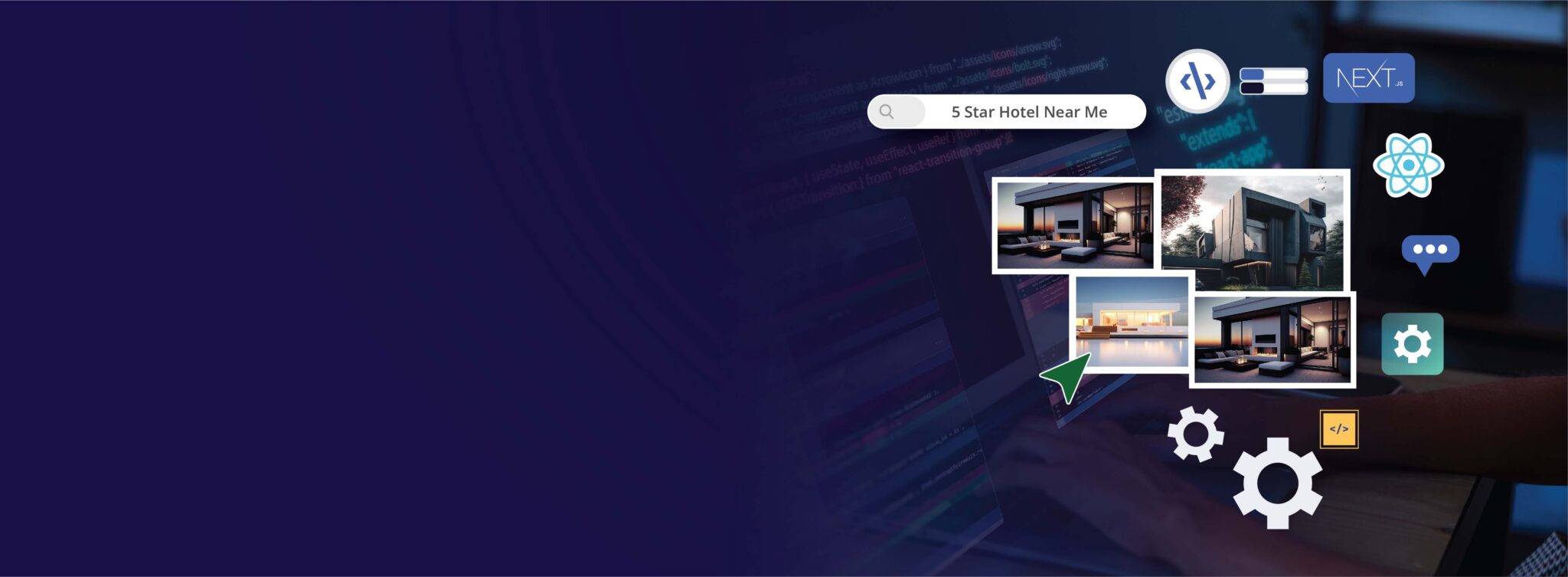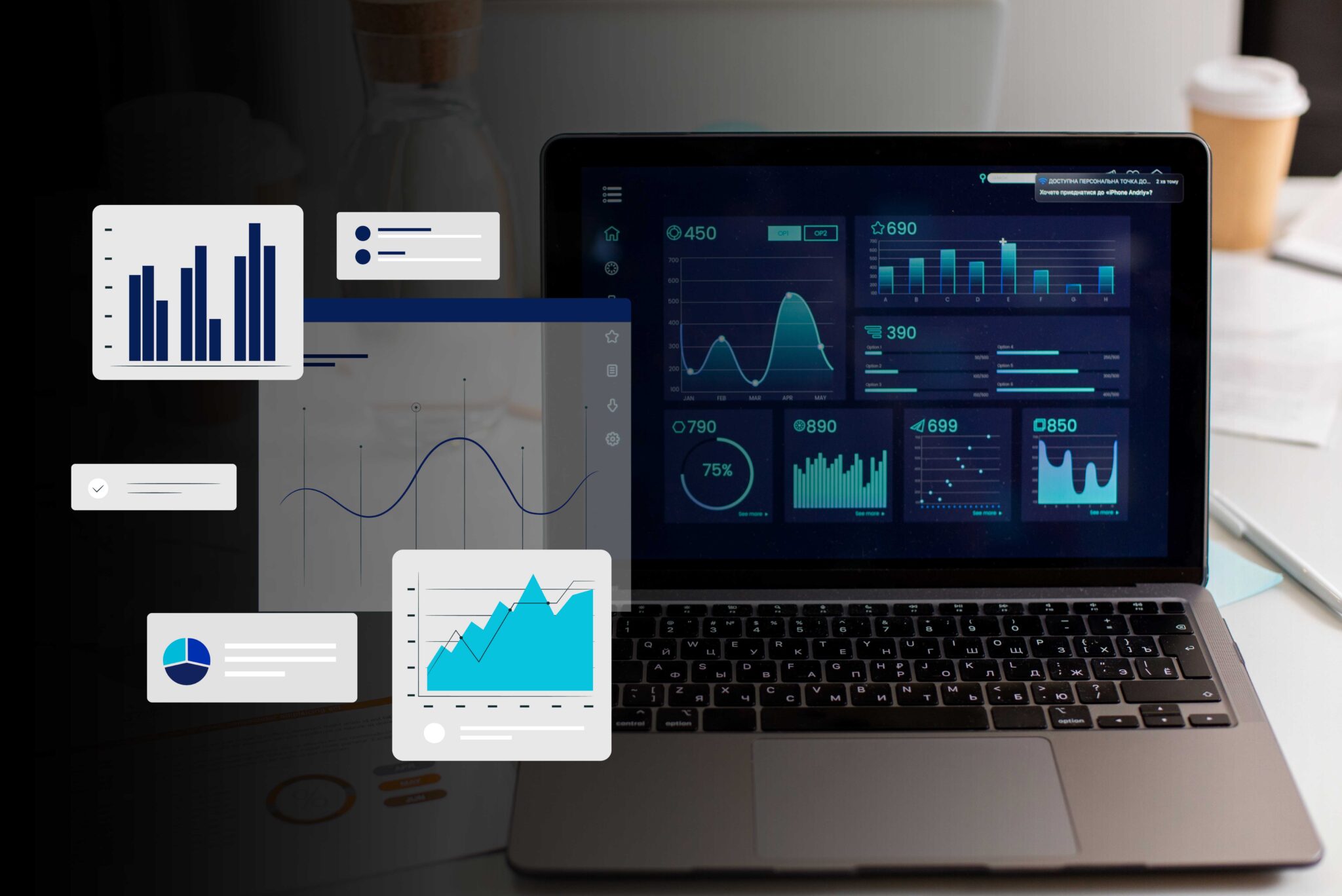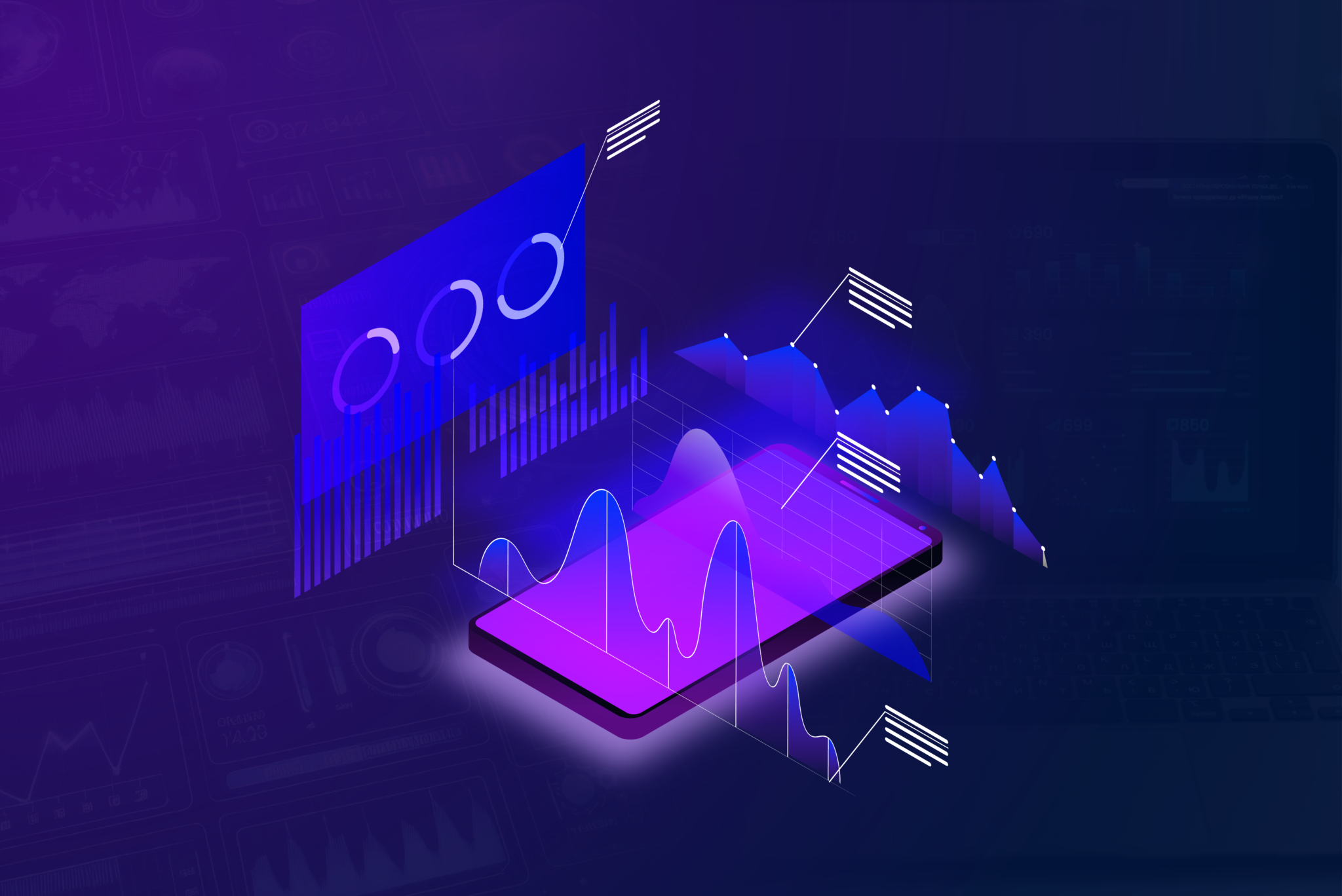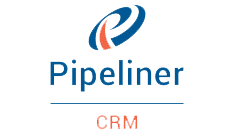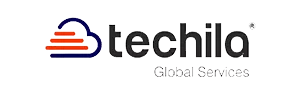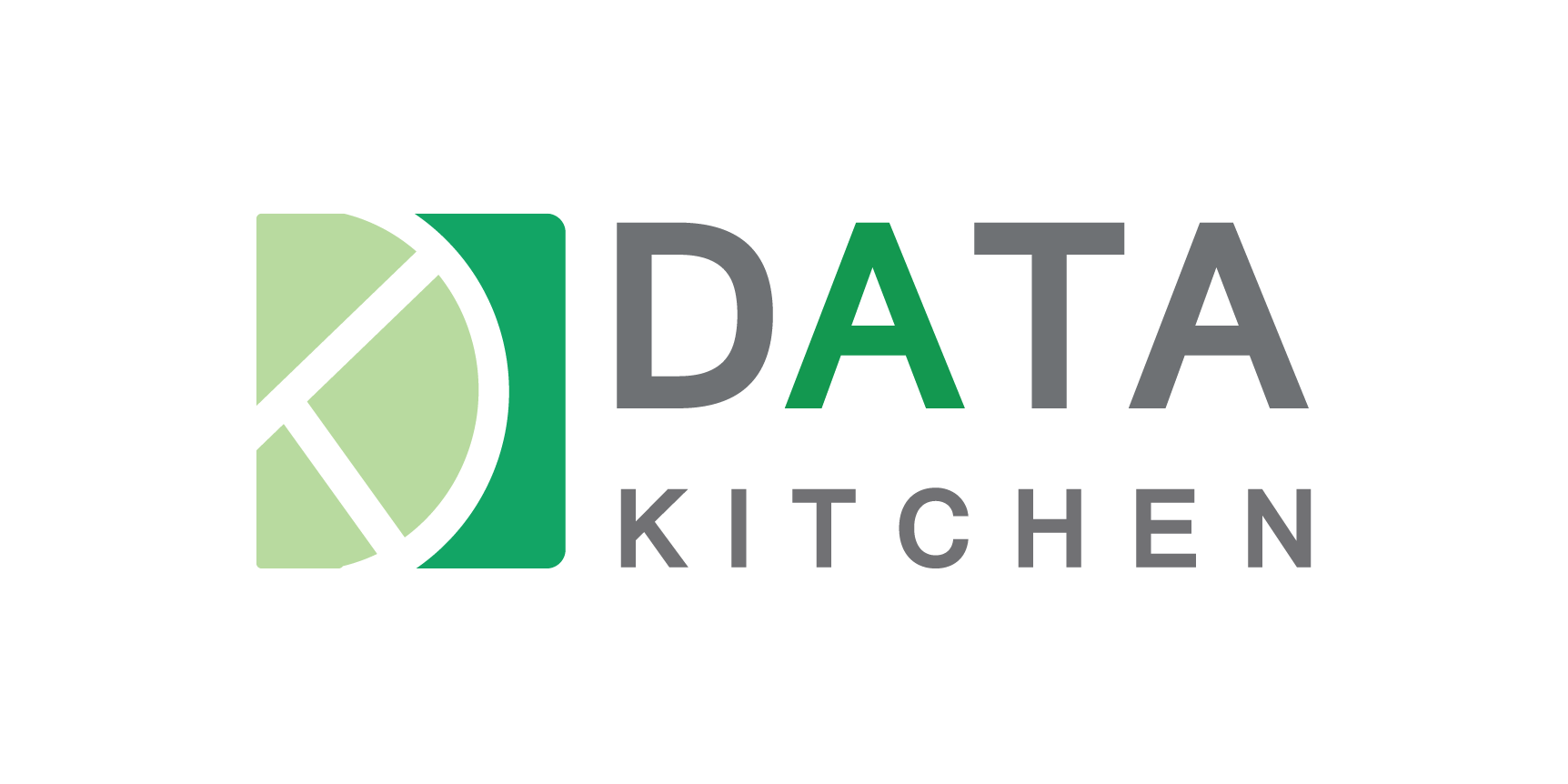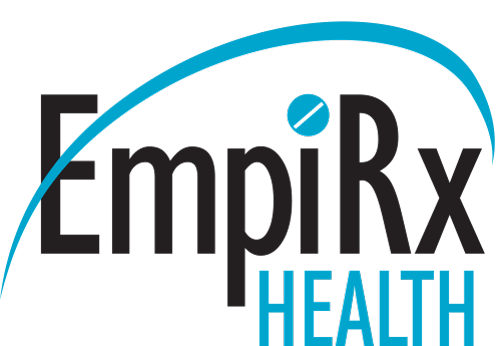CRM Migration
Welcome to Complere Infosystem, your trusted partner for seamless CRM migration services. Whether you’re upgrading to a new CRM platform or migrating from legacy systems, our expert team is here to ensure a smooth and efficient transition. With our proven methodologies and personalized approach, we help businesses in New York and beyond unlock the full potential of their customer data.
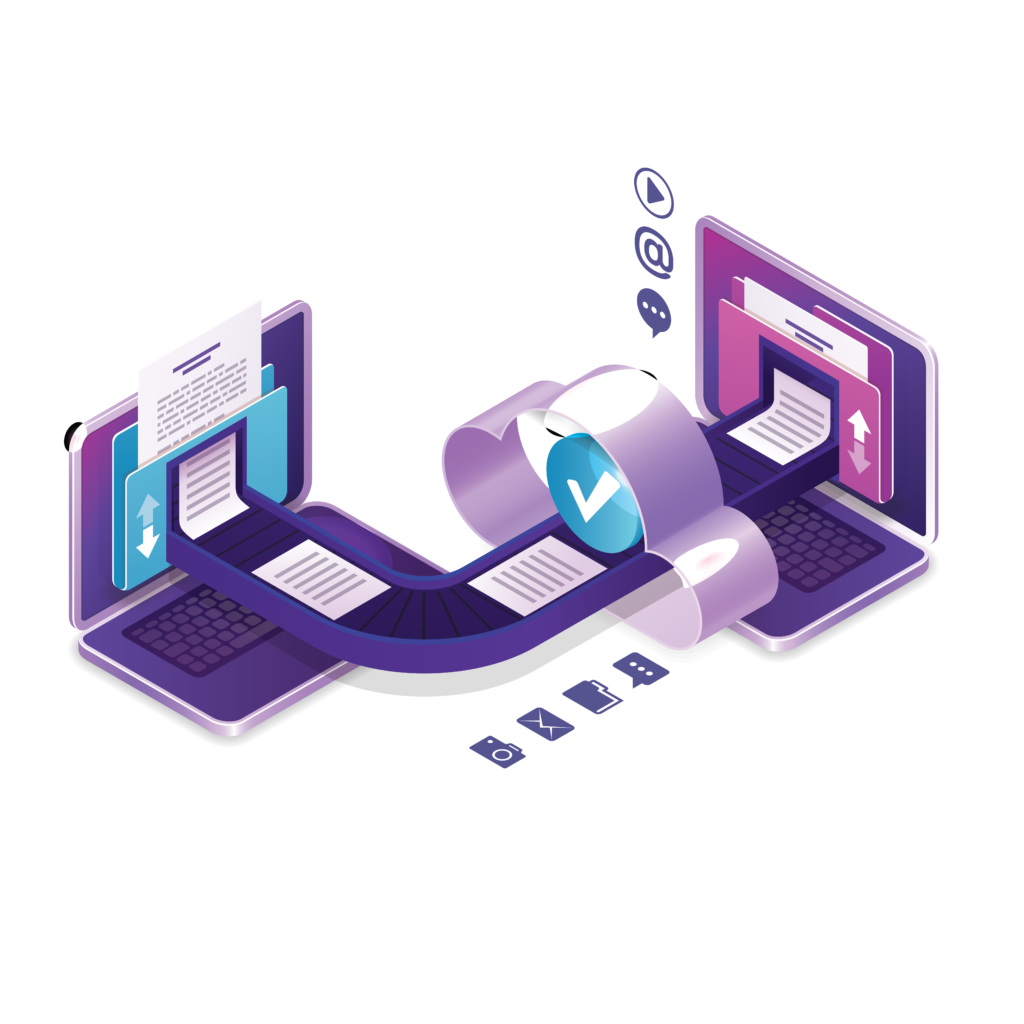
Our CRM Migration Services
Complere info system provides a full range of CRM Migration Services, Choosing Complere for CRM Migration means partnering with a team dedicated to excellence and efficiency.
Our portfolio has over 200 data experts onboard and over 30 data projects. Here’s why we stand out
Assessment and Planning
The first step in CRM migration is to assess your current CRM system and identify your business requirements and goals for the new system. This involves evaluating your existing data, processes, and workflows, as well as determining the features and functionality you need in the new CRM. Based on this assessment, a migration plan is developed, outlining the scope of the project, timeline, and resource requirements.
Data Preparation and Mapping
Once the migration plan is in place, the next step is to prepare your data for migration. This involves cleaning and standardizing your data to ensure accuracy and consistency. Data mapping is then performed to match the fields and structures in your old CRM system to those in the new CRM. This ensures that data is transferred correctly and retains its integrity during the migration process.
Migration Execution
With the data preparation and mapping complete, the migration can proceed. Depending on the complexity of the migration, this may involve transferring data manually, using migration tools or scripts, or working with third-party vendors. Throughout the migration process, data integrity and security are closely monitored to ensure that no data is lost or compromised during the transfer.
Testing and Validation
Once the migration is complete, thorough testing and validation are conducted to ensure that the new CRM system meets your business requirements and functions as expected. This involves testing data accuracy, system functionality, and user access rights. Any issues or discrepancies identified during testing are addressed and resolved before the new CRM system is rolled out to end users.
How can you benefit from CRM Migration?
Our consultants will assist you in every step of your CRM Migration journey.
Enhanced Reporting & Analytics
-
A new CRM system often provides more robust reporting capabilities. You can generate customized reports, track key performance indicators (KPIs), and gain deeper insights into customer behavior. This data-driven approach empowers better decision-making and strategic planning.
Scalability and Flexibility
-
As your business grows, your CRM needs may evolve. Migrating to a scalable CRM ensures that your system can accommodate increased data volumes, user accounts, and business processes. Additionally, flexibility allows you to adapt to changing market dynamics and customer preferences.
Integration with Other Tools
-
Modern CRMs seamlessly integrate with other business tools such as marketing automation platforms, email clients, and e-commerce systems. Integration streamlines workflows, reduces manual data entry, and enhances overall efficiency.
Improved User Experience
-
A user-friendly CRM interface enhances user adoption. When employees find the system intuitive and efficient, they’re more likely to embrace it fully. Training requirements decrease, and productivity increases.
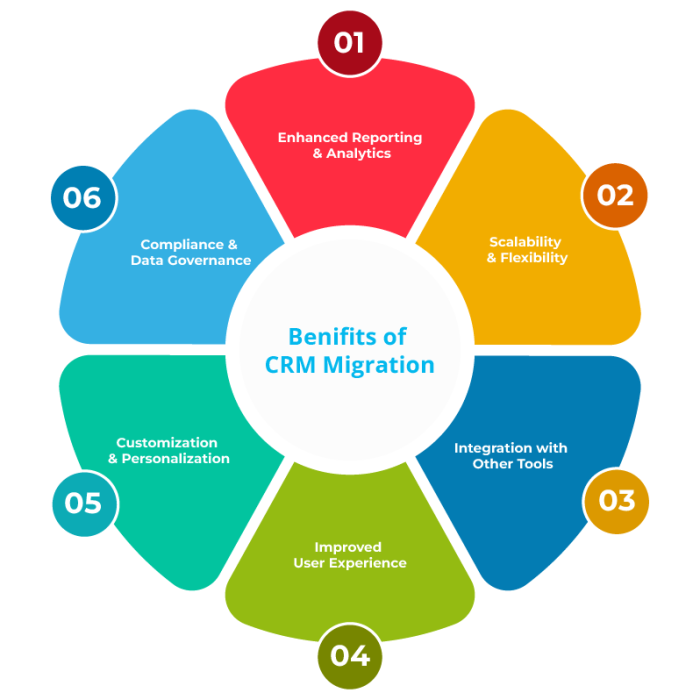
How it Works
01. Assessment and Planning
- Evaluate Your Current CRM: Understand the limitations, pain points, and features of your existing CRM system.
-
Define Objectives: Clearly outline your goals for the migration. What do you want to achieve with the new CRM?
-
Stakeholder Involvement: Involve key stakeholders (users, IT, management) in the planning process.
03. Choose The Right Migration Approach
- Big Bang Migration: Move all data at once. Suitable for smaller datasets.
-
Phased Migration: Migrate in stages (e.g., by module or department). Less disruptive.
-
Parallel Run: Run both old and new CRMs simultaneously for a period.
02. Data Mapping and Cleansing
-
Data Inventory: Identify all data stored in your current CRM—contacts, accounts, leads, opportunities, etc.
-
Map Data Fields: Create a mapping between old and new CRM fields. Ensure consistency.
-
Data Cleansing: Clean up redundant, outdated, or inaccurate data. This step is crucial for data integrity.
04.Testing and Validation
-
Functional Testing: Test all CRM functionalities (search, reporting, automation).
-
User Acceptance Testing (UAT): Involve end-users to validate the system.
01. Strategy
- Clarification of the stakeholders’ vision and objectives
- Reviewing the environment and existing systems
- Measuring current capability and scalability
- Creating a risk management framework.
02. Discovery phase
- Defining client’s business needs
- Analysis of existing reports and ML models
- Review and documentation of existing data sources, and existing data connectors
- Estimation of the budget for the project and team composition.
- Data quality analysis
- Detailed analysis of metrics
- Logical design of data warehouse
- Logical design of ETL architecture
- Proposing several solutions with different tech stacks
- Building a prototype.
03. Development
- Physical design of databases and schemas
- Integration of data sources
- Development of ETL routines
- Data profiling
- Loading historical data into data warehouse
- Implementing data quality checks
- Data automation tuning
- Achieving DWH stability.
04. Ongoing support
- Fixing issues within the SLA
- Lowering storage and processing costs
- Small enhancement
- Supervision of systems
- Ongoing cost optimization
- Product support and fault elimination.



